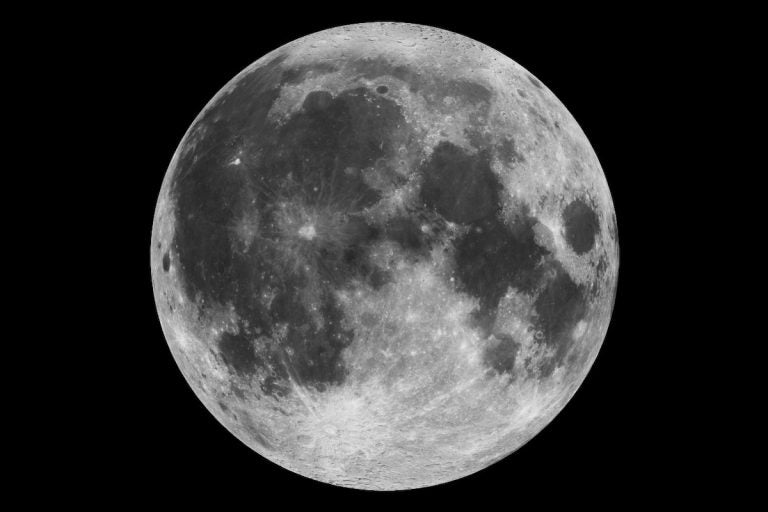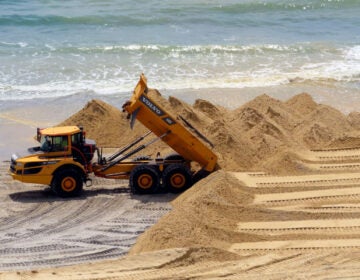“One Small Step” Redux?
Listen 06:43
This composite image of the moon using Clementine data from 1994 is the view we are most likely to see when the moon is full. Credit: NASA
NASA’s 2020 budget request for $21 billion includes significant funding to build systems and infrastructure to return to the moon by 2028. Pending Congressional approval, this will allow NASA to support commercial development of a large lunar lander to carry cargo, and then astronauts to the moon, develop and build the ‘Gateway’ lunar orbital facility mini space station at the moon, and start dropping equipment on the lunar surface for astronauts to begin stays of two weeks. Since the last Apollo sojourn to the moon in 1972, it has been determined that ice exists at the lunar poles.
The Vernal Equinox Wednesday at 5:58 pm signals the official start of Spring! A full moon tonight is among the dark sky highlights – we’re starting to lose sight of Venus in the pre-dawn sky – in part because sunrises are coming earlier. You can catch sight of this and more as The Delaware Valley Amateur Astronomers host their first star party of the season at Valley Forge National Historical Park Model Airplane Field – more info at dvaa.org.
WHYY is your source for fact-based, in-depth journalism and information. As a nonprofit organization, we rely on financial support from readers like you. Please give today.




